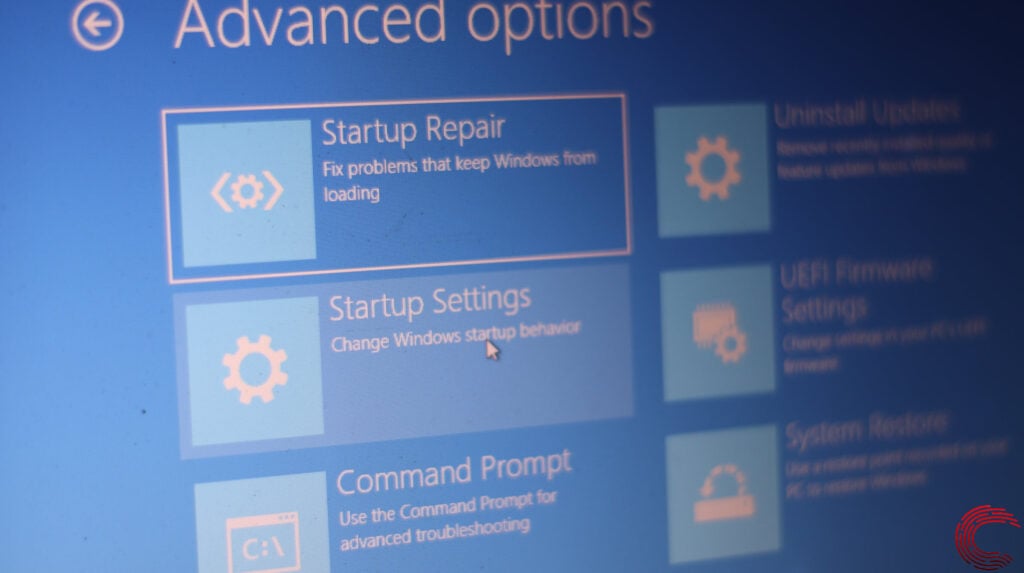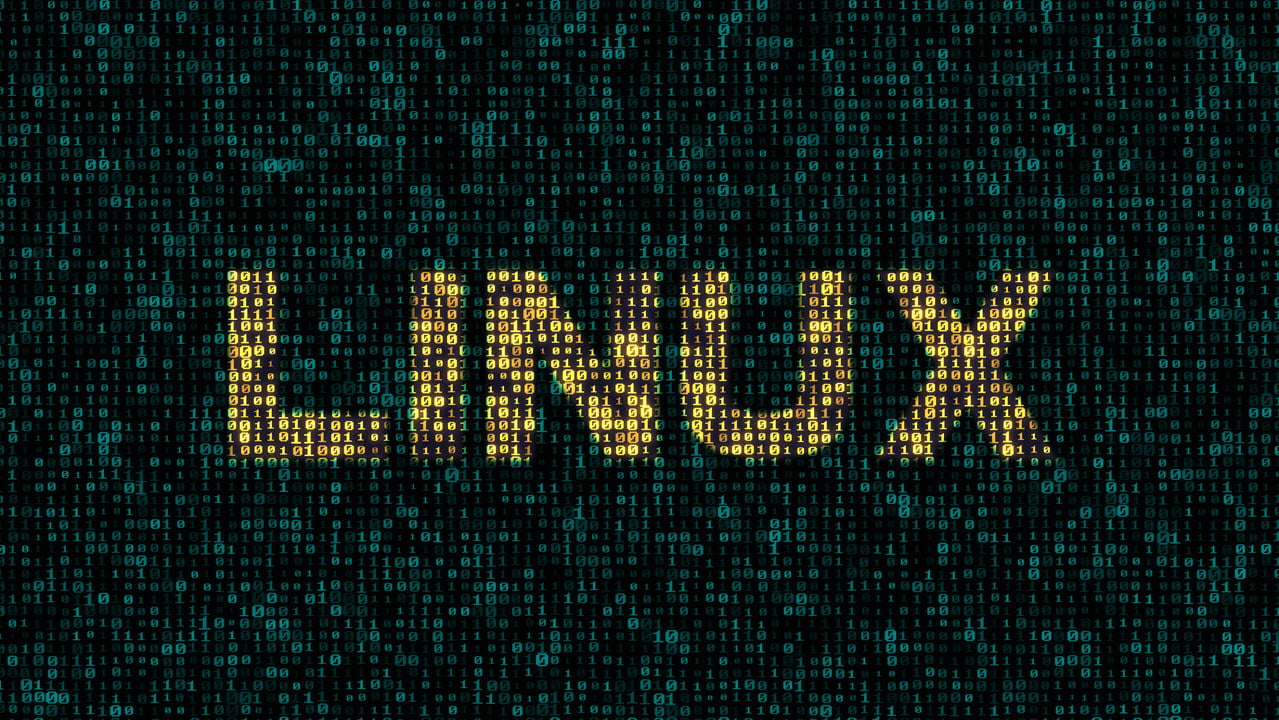Problems during boot are often the hardest to solve as you don’t have a lot of options to troubleshoot what’s precisely going on in the given situation. However, usually, you will get some error message from the computer’s bootloader to help you figure out the problem.
In this article, we’re talking about fixing the “Reboot and select proper boot device” issue.
Also read: How to fix Windows installation error 0x80300024?
Why does it happen?
Two reasons primarily cause the ‘reboot and select proper boot device’ issue.
- You’ve selected the incorrect boot drive in your BIOS settings.
- You don’t have an OS installed on your hard drive.
At times, mechanical issues with your hard drive, an incomplete OS installation, or a corrupt bootloader can also trigger the error.
How to fix this?
Here are a few solutions you can try to fix the ‘reboot and select proper boot device’ error.
Check your boot priority list
Every BIOS has a boot priority list. This is simply a list of devices the BIOS checks for an operating system to boot. Now usually, the BIOS will keep skipping devices until it finds one to boot from, but it’s always better if you have your primary boot device (hard drive) set as priority one.

All you have to do is get into your BIOS (different manufacturers have different keys for doing this, but you can try anything from the F9 to the F12 or the Del key), head into the booting options and make sure the boot list has your preferred booting device in the first place.
Check your drive for problems
The next thing you should do is inspect your hard drive for any problems or loose connections. If you’re using a mechanical hard drive instead of an SSD, check to see if there’s any physical damage to the drive that might cause it to stop working.
Check the OS installation and bootloader
If you’ve got the boot priority order and the hard drive sorted, chances are there are some issues in your OS installation.

If you’re using Windows, try using the Windows Media Creation Tool to repair your existing installation. You can either run the startup repair utility or create an entirely new boot sector on the drive by opening the command prompt from the Windows installer menu and using the following commands.
bootrec /fixmbr
bootrec /fixbootLinux users can try creating a bootable USB drive and check if the bootloader requires reinstallation.
Also read: Windows 10 stuck on restarting: 5 Fixes






